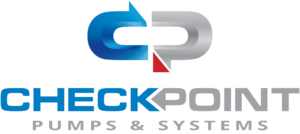How to Maximize Efficiency in Your Solar Pump System with Latest Technology Innovations
In today's fast-paced world, optimizing energy consumption is more crucial than ever, especially in sustainable technologies like the solar pump system. With the advent of cutting-edge innovations, enhancing the efficiency of these systems has become increasingly attainable.
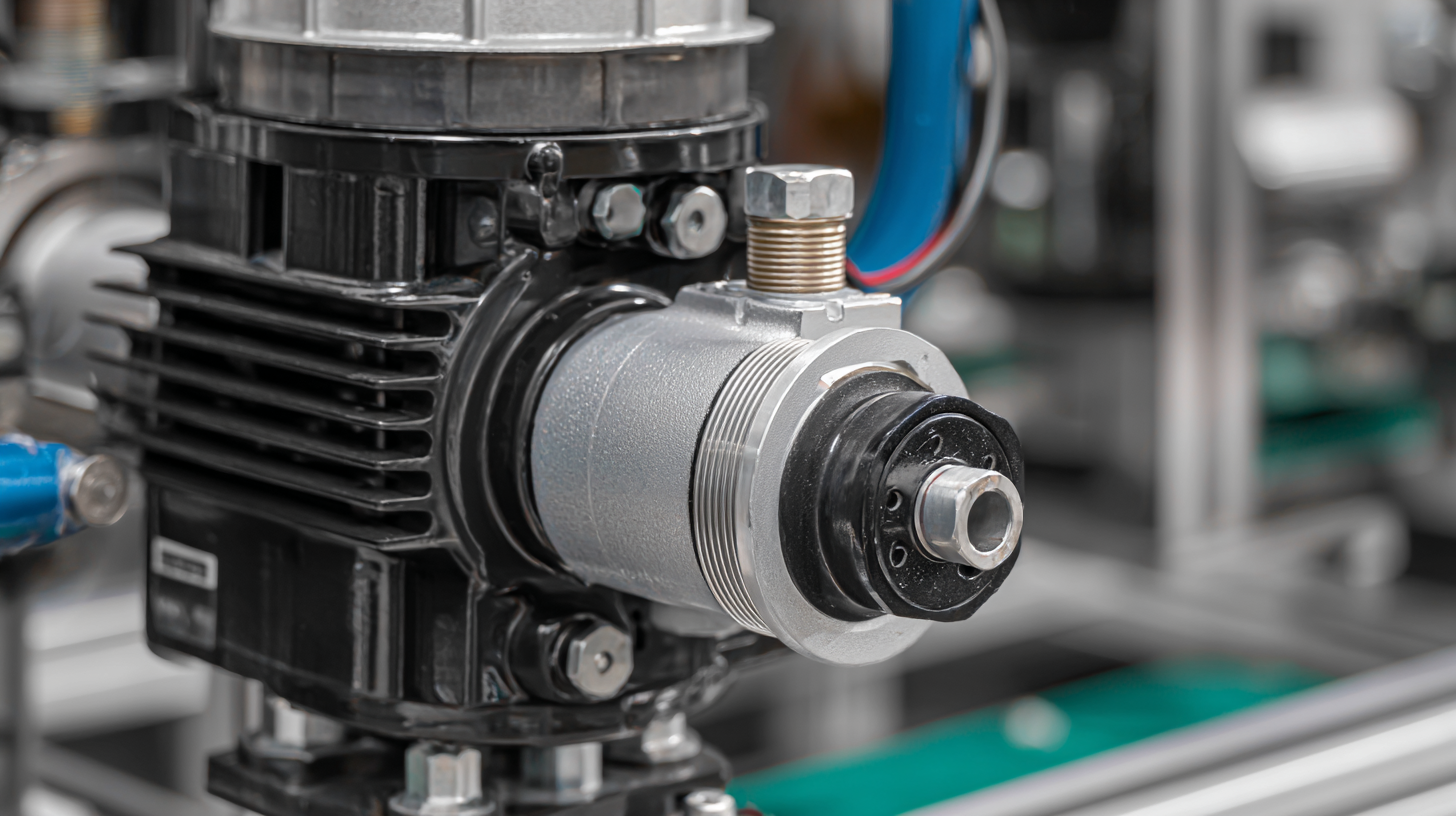
This guide will explore the latest technological advancements that can be integrated into your solar pump system to achieve remarkable levels of performance and sustainability. From advanced monitoring devices to intelligent control systems, each innovation plays a critical role in reducing energy waste, improving water management, and ultimately contributing to a greener planet.
By harnessing these technological solutions, users can not only boost the efficiency of their solar pump systems but also achieve significant cost savings over time, making the most of their investment in renewable energy. Join us as we delve into actionable strategies and expert recommendations designed to maximize the potential of your solar pump system.
Identifying Key Components for Optimal Solar Pump System Performance
To achieve optimal performance in your solar pump system, it is crucial to identify and invest in key components that significantly influence efficiency. According to the National Renewable Energy Laboratory, up to 25% of the energy produced by photovoltaic panels can be lost due to suboptimal system design and component choices. Selecting high-efficiency solar panels with conversion rates above 20% can dramatically enhance performance. Additionally, integrating intelligent inverter technology can further optimize energy usage, allowing for better alignment between solar production and pump requirements.
Another critical component is the pump itself. The Hydraulic Institute reports that high-efficiency solar pumps, particularly those designed specifically for solar applications, can increase overall system efficiency by as much as 30%. Furthermore, implementing advanced monitoring systems enables real-time performance tracking and diagnostics, ensuring that any issues are swiftly identified and resolved. By focusing on these vital technologies and innovations, users can maximize the efficiency of their solar pump systems and achieve better performance outcomes.
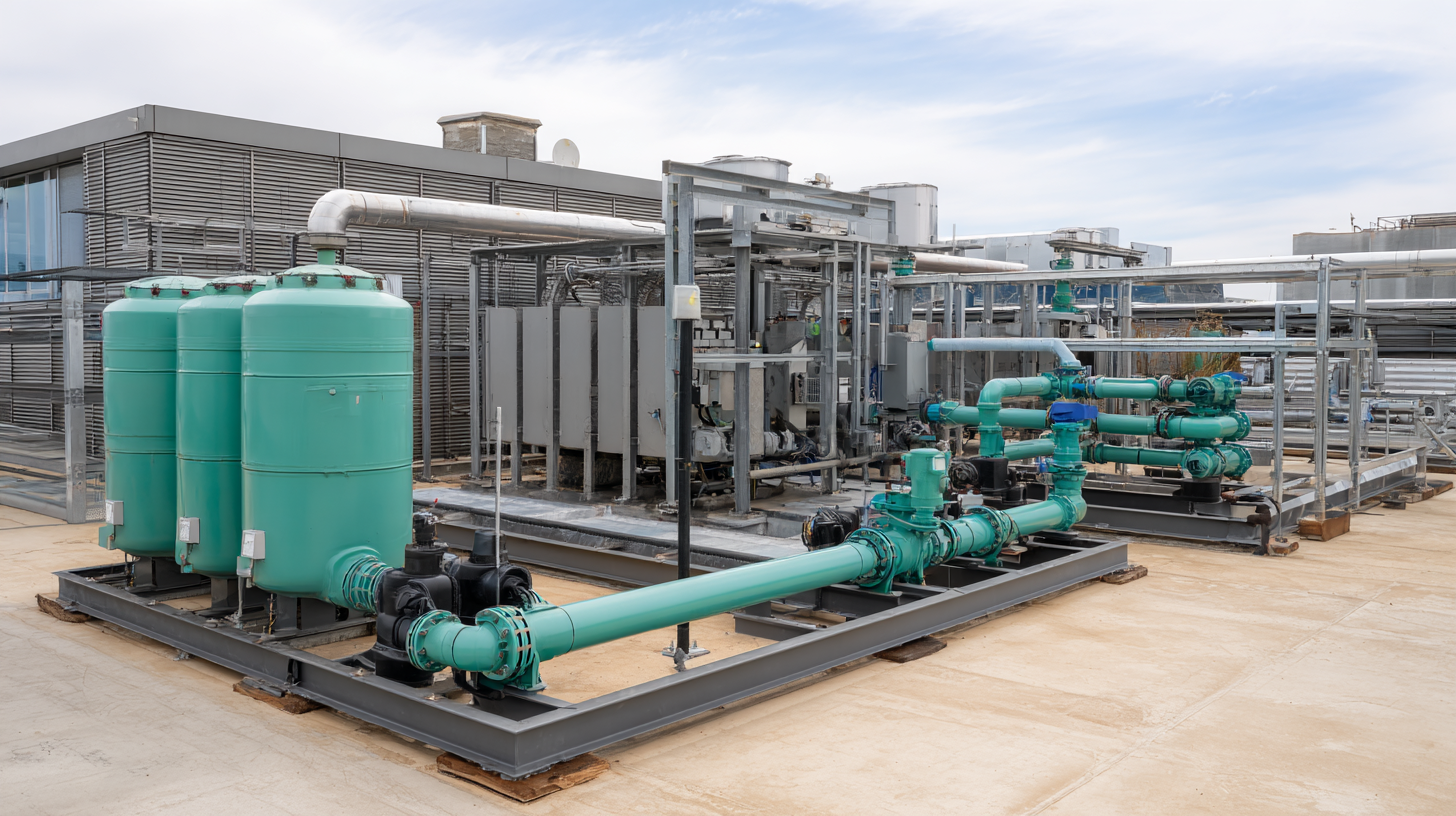
Adopting Smart Control Systems for Enhanced Efficiency
Smart control systems are revolutionizing the efficiency of solar pump systems by integrating advanced technologies that enable real-time monitoring and optimization. According to a report by the International Renewable Energy Agency (IRENA), implementing smart controls can enhance overall system efficiency by up to 30%. These systems utilize sensors and data analytics to adjust pump performance based on varying solar energy availability and water demand, prompting significant operational cost reductions and improved resource management.
Moreover, modern smart control systems also incorporate machine learning algorithms to predict system performance and maintenance needs. A study from the Solar Energy Industries Association (SEIA) highlighted that using predictive maintenance approaches can reduce downtime by over 25%, maximizing the operational lifespan of solar pumps. By continuously analyzing performance data, these systems can preemptively address issues before they result in costly failures, ensuring a more reliable and efficient solar pumping operation. Adopting such innovations not only enhances productivity but also fosters sustainable water management practices in agricultural and municipal applications.
How to Maximize Efficiency in Your Solar Pump System with Latest Technology Innovations
| Aspect | Description | Impact on Efficiency | Technology Used |
|---|---|---|---|
| Smart Sensors | Sensors that monitor system performance and environmental conditions. | Increase by 20% through optimal adjustments. | IoT-based Sensors |
| Automated Control Systems | Real-time control of pump operations based on data inputs. | Enhances efficiency by 30% during peak hours. | Advanced Control Algorithms |
| Solar Inverters | Converts solar power into usable electricity for pumping systems. | Improves conversion efficiency by 15%. | MPPT Technology |
| Data Analytics | Analysis of operational data to predict failures and optimize performance. | Reduces downtime by 25%. | Machine Learning Tools |
| Remote Monitoring | Allows users to monitor system performance from anywhere. | Enhances response time to issues by 40%. | Cloud-Based Solutions |
Implementing Latest Solar Panel Technologies to Boost Output
Recent advancements in solar panel technology have significantly improved the efficiency and output of solar pump systems. The latest generation of solar panels, such as bifacial panels, can capture sunlight from both sides, enhancing energy production by up to 30% compared to traditional monofacial panels. According to a report from the International Renewable Energy Agency (IRENA), these innovations contribute to a more competitive renewable energy landscape and can reduce the Levelized Cost of Energy (LCOE) for solar technologies.
Moreover, integrating smart technology into solar pump systems can further optimize their performance. Smart inverters, which adjust the energy output based on real-time conditions, have been shown to increase overall system efficiency by up to 12%. According to the Solar Energy Industries Association (SEIA), implementing these technologies not only boosts energy yield but also ensures reliability and longevity of the solar pump system, ultimately leading to substantial cost savings for users. By adopting these cutting-edge technologies, operators can maximize the efficiency and sustainability of their solar pump systems, supporting a transition to cleaner energy sources.
Utilizing Advanced Battery Storage Solutions for Energy Management
Advanced battery storage solutions play a crucial role in maximizing the efficiency of solar pump systems. By integrating high-capacity batteries, these systems can store excess solar energy generated during peak sunlight hours. This stored energy can be utilized during low-sunlight periods or times of increased energy demand, ensuring a consistent and reliable power supply for irrigation and other applications. The incorporation of technologies such as lithium-ion and flow batteries further enhances energy management practices by providing longer life cycles, faster charging times, and greater energy density.
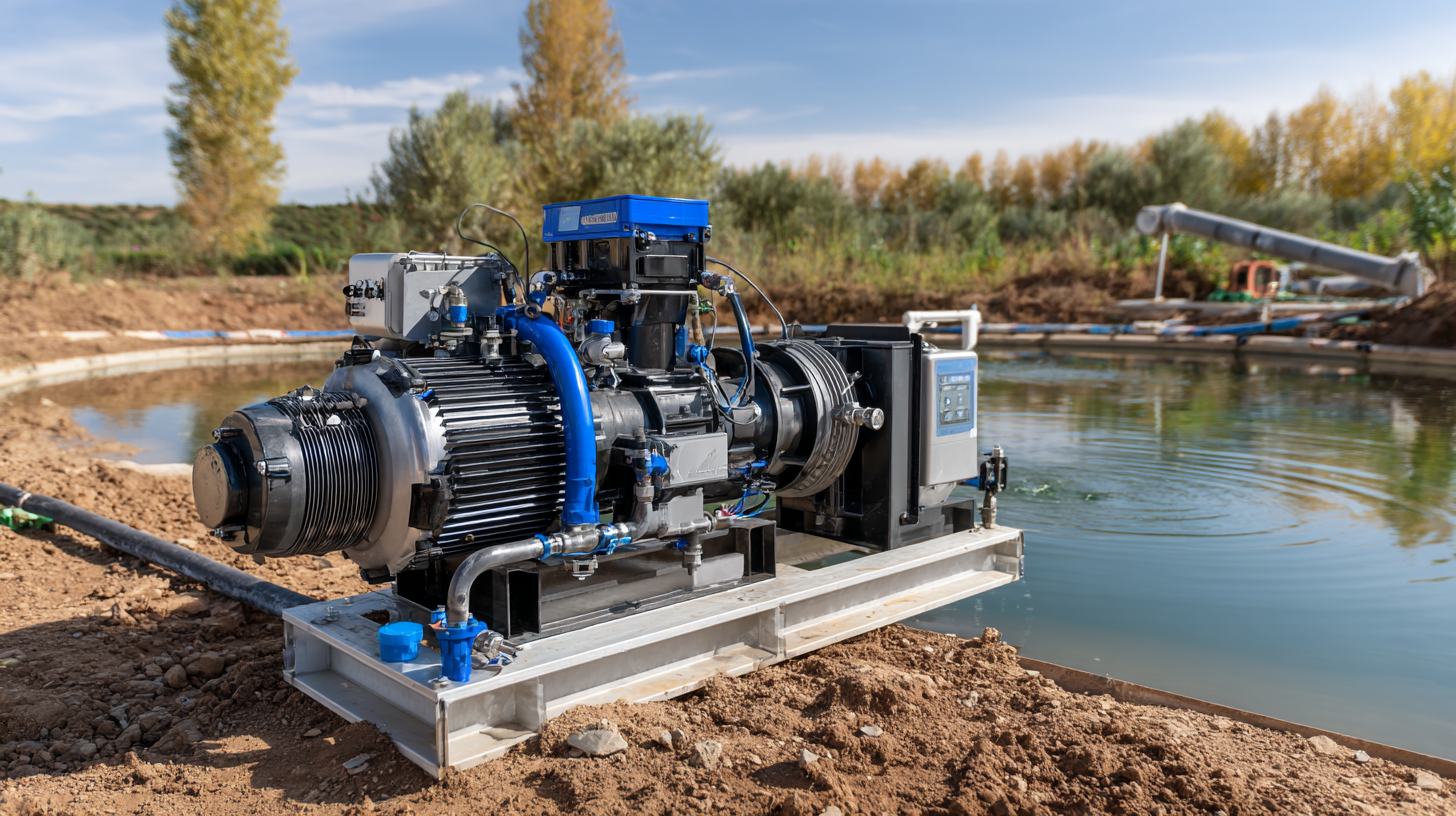
Moreover, recent innovations in battery technologies enable real-time monitoring and optimization of energy usage. Intelligent battery management systems can analyze energy consumption patterns and adjust energy flow accordingly, making it possible to reduce waste and improve overall system performance. By leveraging advancements in battery storage, users can significantly enhance the operational efficiency of their solar pump systems, leading to reduced energy costs and increased sustainability. These innovations not only benefit individual users but also contribute to broader environmental goals by promoting the use of renewable energy sources more effectively.
Regular Maintenance Practices to Ensure Longevity and Efficiency
Regular maintenance is crucial for ensuring the longevity and efficiency of your solar pump system. By establishing a routine maintenance schedule, you can detect potential issues early and avoid costly repairs. Inspecting the solar panels for dirt and debris is essential, as any obstruction can hinder their performance. Clean the panels regularly, especially after storms or during periods of heavy pollen.
**Tips:** Check the connections and wiring for any signs of wear or corrosion. Tighten loose fittings to prevent leaks that could affect the pump’s performance. Additionally, monitor the water levels in the reservoirs to ensure optimal operation.
Another important aspect of maintenance is to regularly examine the pump components. Look for any unusual noises or vibrations, which could indicate a mechanical issue. Lubricating moving parts and replacing worn-out seals can significantly enhance the system's performance.
**Tips:** Keep track of the maintenance schedule and log any repairs or replacements. This record will help you stay organized and understand your system's performance trends over time. Implementing these practices will not only extend the lifespan of your solar pump system but also maximize its efficiency, ensuring you get the most out of your investment.
Maximizing Efficiency in Solar Pump Systems
Related Posts
-

7 Essential Tips for Choosing the Right Chemical Diaphragm Pump
-
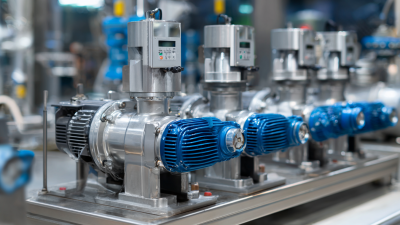
Understanding the Types of Fluid Pumps in Industrial Applications with Key Market Insights
-

Evaluating Cost-Effectiveness: A Comparative Analysis of Pump Rentals vs. Purchasing Equipment
-
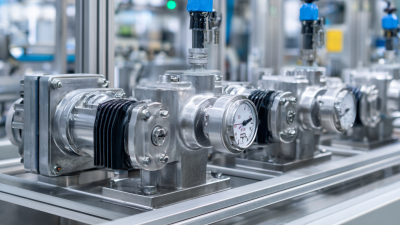
How to Choose the Right Pressure Pumps for Maximum Efficiency in Your Applications
-

How to Choose the Right Electric Pump for Your Specific Needs
-
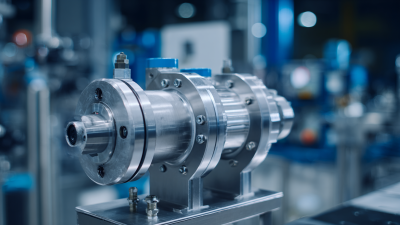
How to Maximize Efficiency in Fluid Transfer with Diaphragm Pumps for Optimal Performance
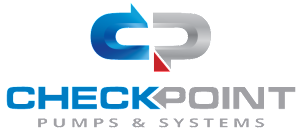
Whether your solution requires a single pumping application or an expansive engineered system,
CheckPoint is committed to becoming your partner in excellence.
